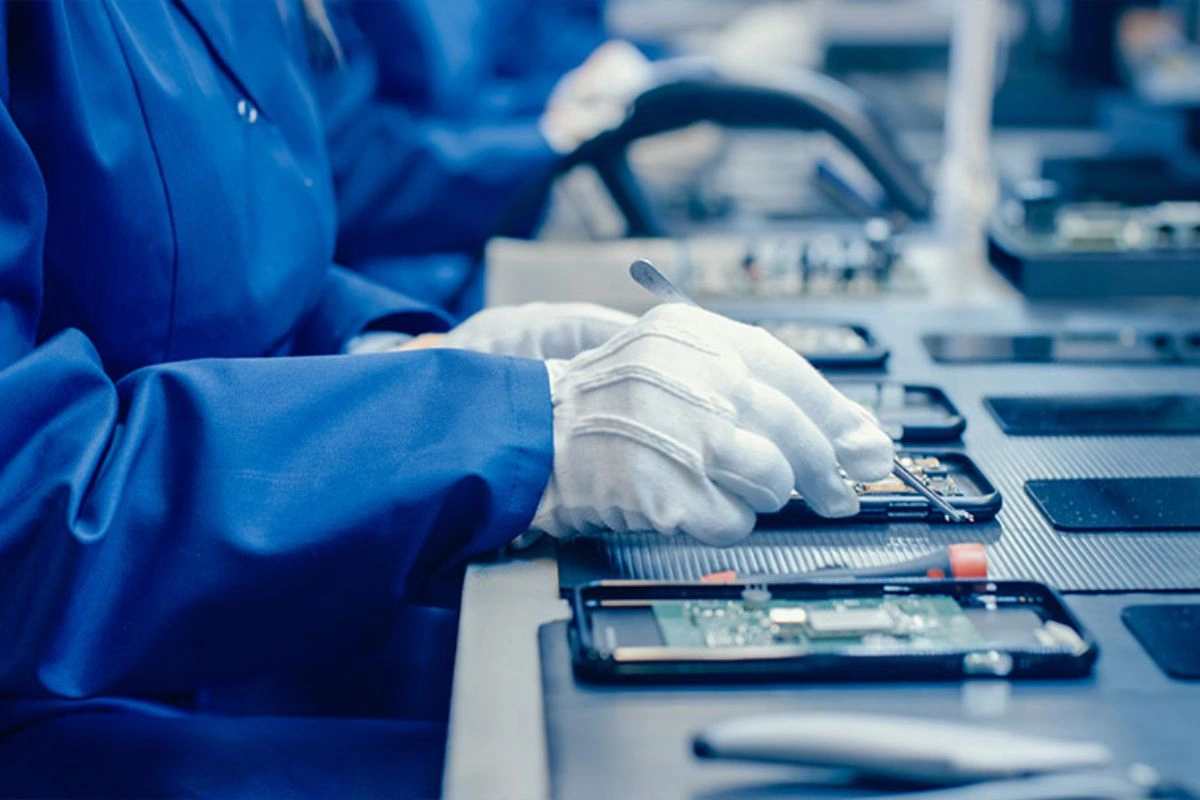
In a bold move to reduce import dependence and strengthen domestic manufacturing, the Government of India, on March 28, 2025, launched a US$2.7 billion Production Linked Incentive (PLI) scheme dedicated to electronic components.
With a six-year timeline and a one-year gestation period, the initiative aims to attract US$7 billion in investments, create 91,600 direct jobs, and significantly boost local value addition in electronics.
PLI Scheme Bridging Core Component Gap
Despite India’s growing presence in smartphone assembly, local value addition remains low at just 17–18% of the Bill of Materials (BOM).
A major hurdle has been the reliance on imported core components.
The new PLI scheme targets this weak link by incentivizing the local production of sub-assemblies such as camera modules, displays, multi-layer PCBs, enclosures, and passive components like resistors and capacitors.
How PLI Scheme Operates
The scheme offers three incentive structures: turnover-linked, capital-expenditure-based, and hybrid.
A unique feature is employment-linked incentives, ensuring job creation alongside industrial growth.
The plan supports a diverse set of manufacturers, from high-volume producers to capital-intensive players.
Key Beneficiaries In Ecosystem
Electronics manufacturers are expected to see a direct impact. Dixon Technologies and Optiemus Infracom, both expanding their local sourcing, are well-positioned.
PCB makers like Kaynes Technology and Sahasra Electronics will also benefit, while EMS players such as Syrma SGS Technology and Avalon Technologies stand to gain from increased PCB assembly demand.
The scheme also supports semiconductor packaging and passive component companies like Polymatech Electronics and Sterlite Technologies.
Automotive suppliers, including Sona BLW and Varroc Engineering, and display specialists like Tata Electronics, are also set to gain.
Strengthening India’s Electronics Ecosystem
This scheme marks India’s first dedicated push for electronic components, building on previous PLIs for mobile assembly and white goods.
While infrastructure and speed of implementation remain key challenges, the direction is unmistakable.
India is not just assembling electronics, it is preparing to build them from the ground up.
With this targeted PLI, the country takes a strategic leap toward becoming a global electronics manufacturing hub.
Also Read: Adani’s Vizhinjam Port Makes History With India’s Largest-Ever Container Ship Arrival
To read more such news, download Bharat Express news apps




















